Ernest Shackleton’s ‘last ship’ is FOUND after 60 years: the wreck of Quest on which the famous explorer made his last voyage lies on the seabed off the coast of Newfoundland
- The ship, named Quest, was on the seabed off the coast of Newfoundland
- Shackleton died aboard Quest in 1922 while en route to Antarctica
Ernest Shackleton’s ‘last ship’ has finally been found, more than sixty years after it sank.
The ship, named Quest, was on the seabed off the coast of Newfoundland.
Shackleton, who led three British expeditions to Antarctica, died aboard Quest in 1922 while en route to Antarctica.
“Finding Quest is one of the final chapters in the extraordinary story of Sir Ernest Shackleton,” said expedition leader John Geiger, CEO of the Royal Canadian Geographical Society.
“Shackleton was known for his courage and brilliance as a leader in times of crisis. The tragic irony is that he was the only death that occurred on any of the ships under his direct command.”
Ernest Shackleton’s ‘last ship’ has finally been found, more than sixty years after it sank. The ship, named Quest, was on the seabed off the coast of Newfoundland
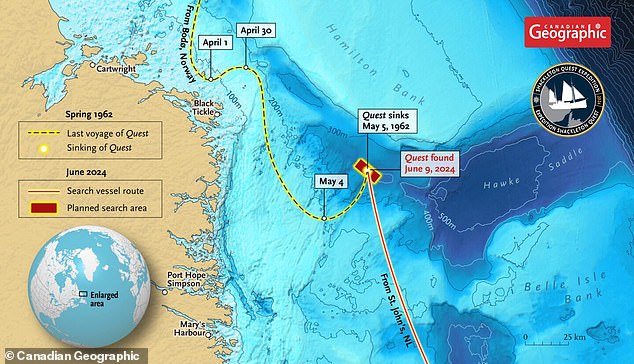
Researchers found the remains of the Quest upright on the seabed, near part of the Labrador Sea
Mr Geiger led an international team of experts, including world-renowned shipwreck hunter David Mearns, in a search for the remains of Shackleton’s last ship.
Using sonar equipment, the team discovered the remains of the 38-meter-long schooner-rigged steamship, 390 meters below the Labrodor Sea.
Remarkably, the wreck is still largely intact and lies upright on the seabed, despite the area having previously been scoured by passing icebergs.
Except for a broken mast hanging over the port side, the explorers found that the ship looked almost exactly as it did before it sank.
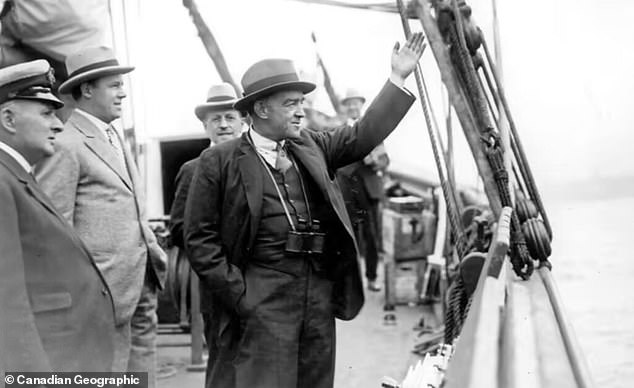
Sir Earnest Shackleton (pictured) died four months during a search expedition while anchored on South Georgia Island in the South Atlantic Ocean
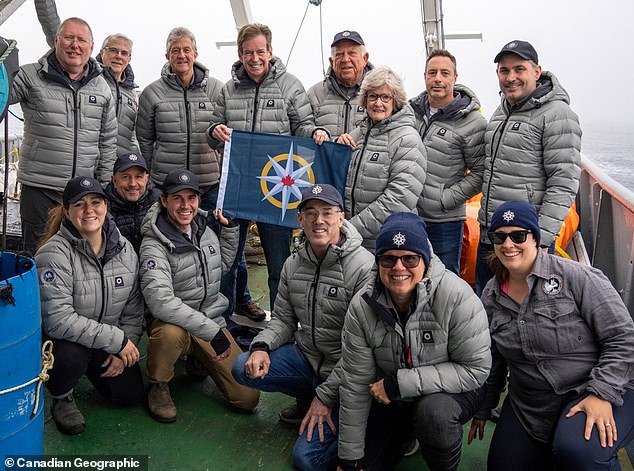
A team of researchers led by John Geiger, CEO of the Royal Canadian Geographical Society, used sonar equipment and historical data to locate the Quest’s final resting place.
When Shackletons boarded the mission from London in September 1921, he said his voyage to Antarctica would be his “swan song.”
Sadly, the famous explorer’s comments proved prophetic and he died in his cabin four months after the journey after suffering a heart attack due to extreme stress.
But although Shackleton died aboard the Quest, he was not the one responsible for its sinking.
In fact, Shackleton was the only person to ever die aboard a ship under his direct command.
After his death, Quest was sold to the Schjelderup family in Norway, where it was used as a seal hunting vessel.
During one such seal hunt in 1962, almost forty years after she was sold, Quest was crushed by sea ice that pierced the ship’s hull.
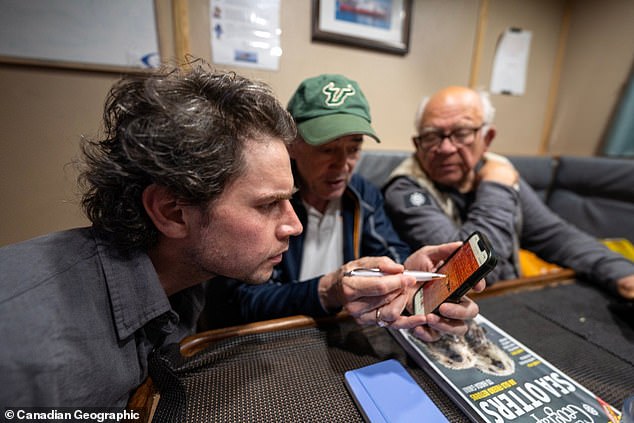
Using sonar equipment, the crew (photo) saw the 38 meter long steamship lying upright, 390 meters below the Labrodor Sea.
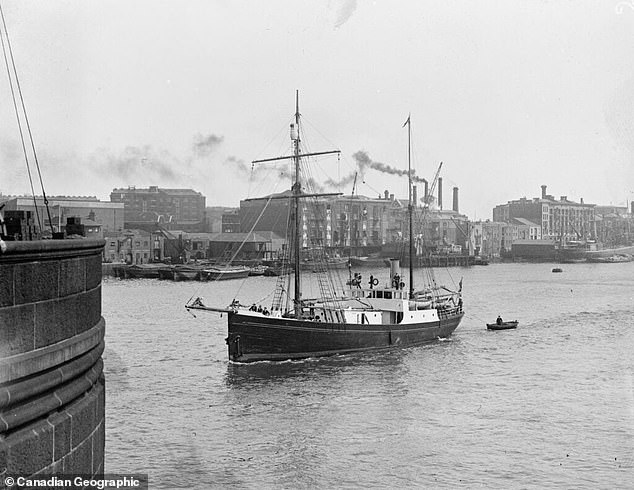
Although Shackleton died aboard the ship, he was not responsible for its sinking and was in fact the only person to ever die aboard a ship under his direct command.
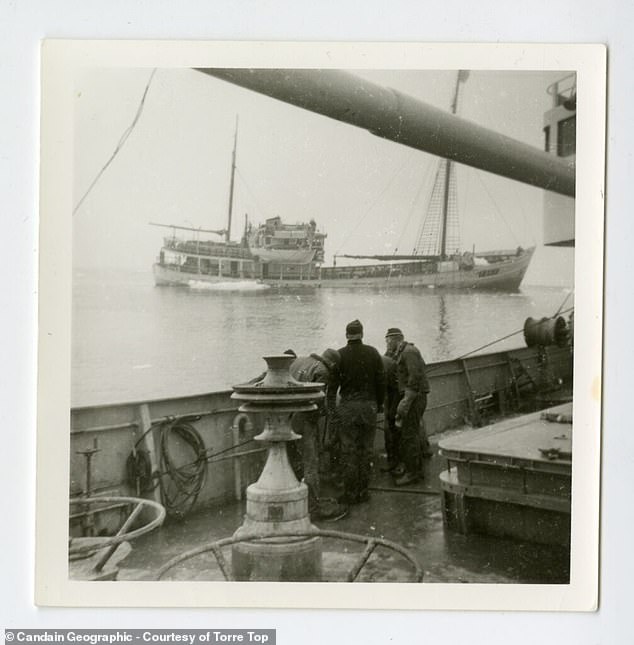
In this photo taken by one of her crew, Quest can be seen sinking into the water after being crushed by sea ice
